In case you haven’t heard, DonorDreams blog is hosting for the second year in a row the Nonprofit Blog Carnival in the month of May. This year’s theme revolves around building loyalty among various non-profit stakeholder groups such as donors, employees, volunteers, etc. If you are a blogger and looking for the “Call for Submissions,” then click here. The carnival will be posted right here at DonorDreams blog on Wednesday, May 28, 2014. Stay tuned!
In the interest of building momentum, we’ve dedicated the entire month of blog posts to this topic. We’re specifically focusing on what a variety of non-profit organizations are doing (or are looking at doing) to build loyalty.
Staff-Kids-Volunteers-Donors:
Rinse. Lather.Repeat.
Boys & Girls Club of El Paso
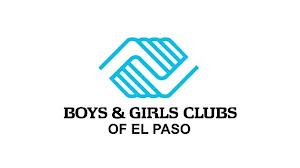 Art Jaime is the Chief Professional Officer of the Boys & Girls Clubs of El Paso, and he sees the challenges of building loyalty to his non-profit organization as an interconnected ecosystem of staff, kids, board members and donors. He points out that loyalty-based management is a simple concept, but it is something that is very difficult to achieve.
Art Jaime is the Chief Professional Officer of the Boys & Girls Clubs of El Paso, and he sees the challenges of building loyalty to his non-profit organization as an interconnected ecosystem of staff, kids, board members and donors. He points out that loyalty-based management is a simple concept, but it is something that is very difficult to achieve.
Here is a simplified version of how Art sees his interconnected world:
- Hire and retain quality youth development professionals who are likable
- Kids attend the Club because of their relationships with staff
- Increased frequency of participation deepens the impact of programming which drives outcomes data
- Good outcomes and impact data inspires board volunteers and provides confidence in talking to donors about the Club’s case for support
- Good outcomes data creates great relationships with foundations and government agencies and contributes to a vibrant grant writing program
- Long-term board volunteer relationships (who are consistently sharing awesome success stories from the frontline) with individual donors makes for happy, recurring investors in the Club’s mission
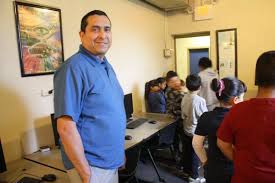 “It all ties together,” explains Jaime. “The big challenge is creating a culture that appreciates and strives to create loyalty.”
“It all ties together,” explains Jaime. “The big challenge is creating a culture that appreciates and strives to create loyalty.”
So, how is Art trying to build an organizational culture of loyalty? He isn’t trying to over think it, and he is starting with things he can easily do. The following are just a few examples:
- engaging stakeholders in a variety of planning activities
- modeling loyalty in every day activities
- recognizing staff
- thanking and stewarding donors
- trying to spend more one-on-one time with board volunteers
- seeking advice and feedback from a variety of stakeholders
Frederick Reichheld is the author of “The Loyalty Effect” and one of thought-leaders on the importance of loyalty-based management. It is amazing how Art’s observations on the interconnectedness of it all is spot on with Reichheld’s words found on page 22:
“If we think of businesses as atoms, with customers, employees, and investors as their subatomic particles, then we will study the way those basic components interact to create higher levels of stability and value creation.“
Congratulations, Art. I think you are on the right path!
=================================
If you want to learn more about what other non-profit organizations are doing to build loyalty among various stakeholder groups (e.g. donors, employees, volunteers, etc), then tune in here to DonorDreams blog every Tuesday and Thursday throughout the month of May. We will also publish the Nonprofit Blog Carnival on May 28, 2014 with a number of links to other non-profit bloggers who are talking about loyalty related themes.
Here’s to your health!
Erik Anderson
Founder & President, The Healthy Non-Profit LLC
www.thehealthynonprofit.com
erik@thehealthynonprofit.com
http://twitter.com/#!/eanderson847
http://www.facebook.com/eanderson847
http://www.linkedin.com/in/erikanderson847

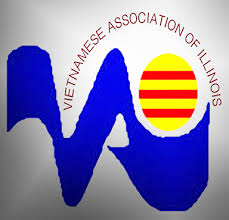
 Understanding that it isn’t enough to just give the staff a forum, Paul and the board of directors listened and developed a plan of action to help employees with their healthcare challenges.
Understanding that it isn’t enough to just give the staff a forum, Paul and the board of directors listened and developed a plan of action to help employees with their healthcare challenges.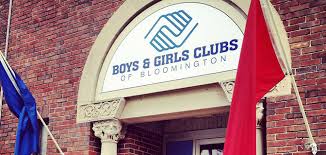 “It is all about relationships,” explained
“It is all about relationships,” explained 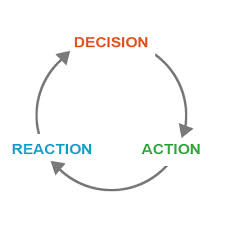 In addition to these individualized sit down meetings with the executive director, the Club invests time and resources in a variety of other donor stewardship activities including:
In addition to these individualized sit down meetings with the executive director, the Club invests time and resources in a variety of other donor stewardship activities including: People often ask, “What is the difference between deferred giving, planned giving and charitable gift planning? Isn’t it all the same?” Certainly there have been times in the past when these terms were commonly interchangeable. That was absolutely the case when I entered the field 25 years ago. But over the years, most practitioners have taken to using “charitable gift planning” for a number of good reasons.
People often ask, “What is the difference between deferred giving, planned giving and charitable gift planning? Isn’t it all the same?” Certainly there have been times in the past when these terms were commonly interchangeable. That was absolutely the case when I entered the field 25 years ago. But over the years, most practitioners have taken to using “charitable gift planning” for a number of good reasons.
 Approximately 14 years ago, I was a young and eager executive director of a non-profit organization in Elgin, Illinois. While I had already worked in a number of different capacities in the non-profit sector, it was the first time I had held the job of “executive director.” Thinking back to that time in my life is where I pull my inspiration for the May 2014
Approximately 14 years ago, I was a young and eager executive director of a non-profit organization in Elgin, Illinois. While I had already worked in a number of different capacities in the non-profit sector, it was the first time I had held the job of “executive director.” Thinking back to that time in my life is where I pull my inspiration for the May 2014 
 How to submit your work for consideration?
How to submit your work for consideration? Miscellaneous details?
Miscellaneous details?
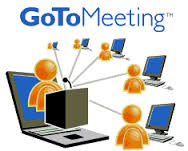 There is no doubt that as the recession hit many organizations began to cut costs. One of the first areas cut was staff development (e.g. conferences, travel expenses, etc). These expenditured became more of a luxury as donations declined and funding became more uncertain.
There is no doubt that as the recession hit many organizations began to cut costs. One of the first areas cut was staff development (e.g. conferences, travel expenses, etc). These expenditured became more of a luxury as donations declined and funding became more uncertain.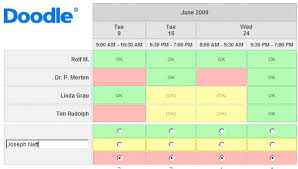 Doodle is one of my favorites. As an Executive Director I would constantly have to convene meetings between groups of people. It was more than frustrating to go back and forth in e-mails trying to figure out a time when people could meet.
Doodle is one of my favorites. As an Executive Director I would constantly have to convene meetings between groups of people. It was more than frustrating to go back and forth in e-mails trying to figure out a time when people could meet.
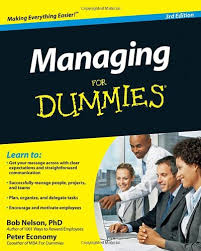
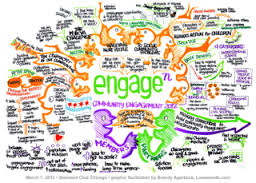 Here is how that new top ten list turned out for
Here is how that new top ten list turned out for 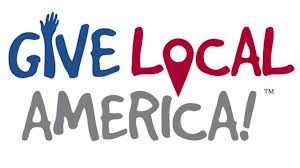 I may not be the sharpest knife in the drawer, but when I get beat over the head with something enough times over the course of a year it becomes obvious that I’m staring at a trend. LOL! In this case, I am referencing an increasingly popular activity sprouting up all over the place — Giving Day.
I may not be the sharpest knife in the drawer, but when I get beat over the head with something enough times over the course of a year it becomes obvious that I’m staring at a trend. LOL! In this case, I am referencing an increasingly popular activity sprouting up all over the place — Giving Day. As I started playing around with these ideas in my head, I’ve come to the conclusion that this doesn’t necessarily have to be a community-wide event sponsored by a community foundation or a United Way. (However, I do think a community-wide approach organized by a foundation or United Way is preferable)
As I started playing around with these ideas in my head, I’ve come to the conclusion that this doesn’t necessarily have to be a community-wide event sponsored by a community foundation or a United Way. (However, I do think a community-wide approach organized by a foundation or United Way is preferable)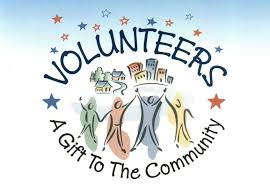 Yesterday, I attended my first
Yesterday, I attended my first